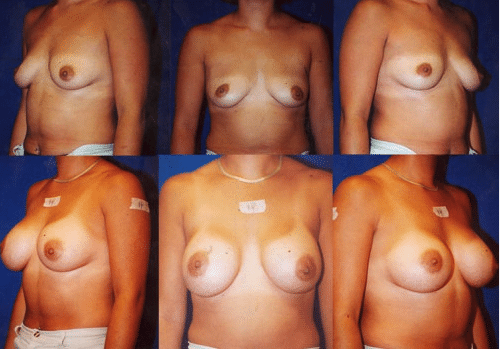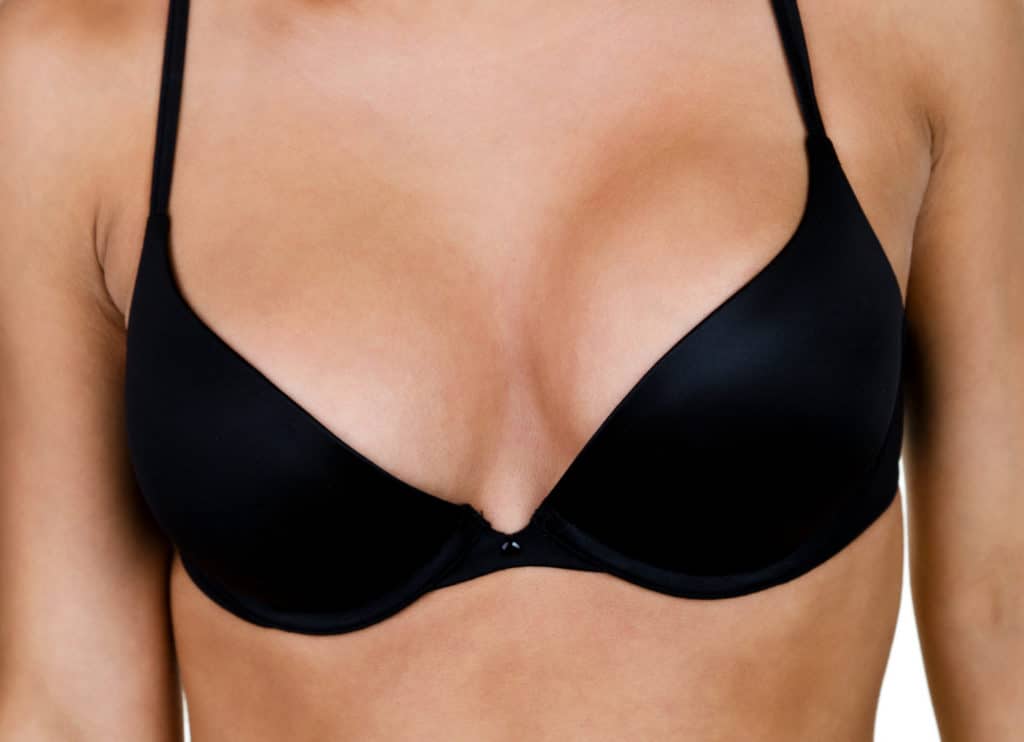Breast Lift Surgery
in San Antonio TX
What is a breast lift?
The weakening of our tissues with age makes the ligaments that attach the breasts to the pectoral muscles stretch. Changing breast size with pregnancy or weight gain causes the skin to stretch. A breast lift, clinically termed a mastopexy, aims to return the breasts to a higher position on the chest. To accomplish this, excess skin is removed, and tissue is repositioned to raise and firm the breasts. In most cases, the nipples and areolae are repositioned to match the higher position.
Because breast lifts do not address breast volume, many patients opt to have Dr. Coleman add implants during their lifts. This means the breasts will not only be higher on the chest but also fuller.
Who is a good candidate for a breast lift?
Before considering the ins and outs of a breast lift, Dr. Coleman first wants patients to be sure they do not want to have any additional children in the future. That’s because the changes wrought by pregnancy and breastfeeding will negate the changes made with a breast lift.
If you aren’t going to have any more children, these are the existing issues with your breasts that a breast lift can address:
- Your breasts have lost their shape or volume
- Your breasts sag
- The skin on your breasts is stretched
- Your breasts are flat, elongated, or pendulous
- Your nipples point downward
- Your breasts are asymmetrical
If you’d also like to return volume or increase your original breast size, you would be a candidate for a breast lift with augmentation.
What are the benefits of having breast lift surgery?
The passage of time isn’t kind to a woman’s breasts. Skin and support muscles and tissues slacken. The changes in size due to pregnancy and breastfeeding, or simply to the gain and subsequent loss of weight, cause the breast tissue to become stretched. The skin loses much of its elasticity and cannot tighten back down to its former degree of tautness, so the breasts flatten and sag. In some cases, the changes can be enough so that the nipples point more toward the ground than outward. This can be a really depressing fact of getting older.

But Dr. Coleman can reverse these changes and give you a whole new outlook. These procedures are very effective for returning the breasts to a higher position on the chest. Breast lifts remove excess, sagging skin and, if necessary, excess fatty tissue. In most cases, Dr. Coleman also relocates the nipple/areola complex higher on the breasts. The breasts become firmer and are rejuvenated. They will never sag to the same degree again.
Some patients also use this time to increase the size or volume of their breasts by adding implants to their lifts. This can be a change you’ve always wanted, or it can seek to counteract some of the volumes you’ve lost through pregnancy and breastfeeding.
How is a breast lift done?
As with every surgery he performs, Dr. Coleman treats each patient’s situation is unique. He adapts his methods to match the patient’s needs. With a breast lift, the incision locations and the extent of the incisions vary depending on the degree of sagging and how much excess skin needs to be removed. During your consultation, the two of you will discuss your situation and Dr. Coleman will recommend the method he feels would be best. These are the basic incision options for breast lifts:
- Areolar incision — A donut-shaped incision is made around the areola. This is also known as a small incision mastopexy. This method can be used with women with smaller breasts who have minimal sagging and minimal excess skin. It creates mostly invisible scarring, as the incision is hidden by the areola.
- Lollipop incision — This starts with the donut-shaped incision, but it then extends downward, ending at the breast crease. In cases of moderate sagging and skin excision, this method should provide adequate access.
- Anchor incision — This follows the lollipop incision but then extends in both directions along the breast crease. Obviously, this incision provides the most access for removing fatty tissue and trimming excess skin. It also creates the longest scars.
Once the incision has been made, Dr. Coleman lifts and reshapes the breast tissue to counteract how the breast mass has moved lower on the breasts. If he uses the lollipop or anchor incisions the nipples and areolae will be relocated to a higher position on the breasts to match the new profile. The size of the areolae can also be reduced if the skin has stretched. The final step is to trim away excess sagging skin.
If you’ve opted to have augmentation along with your breast lift, the implants are inserted at this point after Dr. Coleman creates a breast pocket for each implant. Adding implants to a breast lift is simple because Dr. Coleman can insert the implants using the same incisions he has already made for the lift.
Breast Lift Before & After

What is involved with recovery after a breast lift?
These surgeries create extensive incisions. You’ll need prescription pain medication for the first two days or so. Then your pain should diminish quickly. The most important aspect of your recovery after a breast lift is to follow Dr. Coleman’s instructions for wearing your surgical bra, then your support bra, and finally a strong sports bra. These need to be worn 24 hours a day for one full month. This can seem tedious, but it’s absolutely necessary to limit any strain on your incisions. As long as you allow your incisions to heal without any stress, you’ll be amazed at how inconspicuous they eventually become. You’ll have swelling for two weeks or so, and your breasts will be sore.
Most patients can return to work in about one week. However, any strenuous exercise or heavy lifting needs to wait for at least six weeks after your surgery. This particularly applies to any activity that causes your breasts to move. By being prudent and cautious with your recovery, your scar tissue will reach its maximum strength and your scarring will be far less noticeable.
What risks are involved with a breast lift?
Breast lifts are major surgery, so they include risks involved with surgery: bleeding or the formation of a hematoma, reaction to anesthesia, infection, and slow incision healing.
Risks related to this particular procedure include:
- Changes in nipple or breast sensation (these usually revolve within a few months) Irregularities in breast contour or shape
- Breast asymmetry
- Necrosis of fat tissue
- Fluid accumulation
- Possibility of the need for revision surgery

Dr. Coleman's Comments:
Breast lifts can be accomplished through various approaches. Sometimes, just a breast augmentation can lift the nipple to a satisfactory point, where additional surgery is not required.
Sometimes if the nipple is too low on the breast, a simple nipple lift is sufficient to create the natural appearance of a more youthful breast.
In the more advanced cases, a standard mastopexy is done, leaving a small anchor-shaped scar that surrounds the nipple and runs down and under the breast. The scar is usually small and less noticeable than patients expect. Below are photos that demonstrate these various techniques and show minimal scarring.
Schedule Your Consultation Today
If you're interested in learning more about breast lifts please contact us for a consultation at (210) 251-4362 or fill out our contact us form. We will discuss your needs and concerns, and determine your best course of action.







